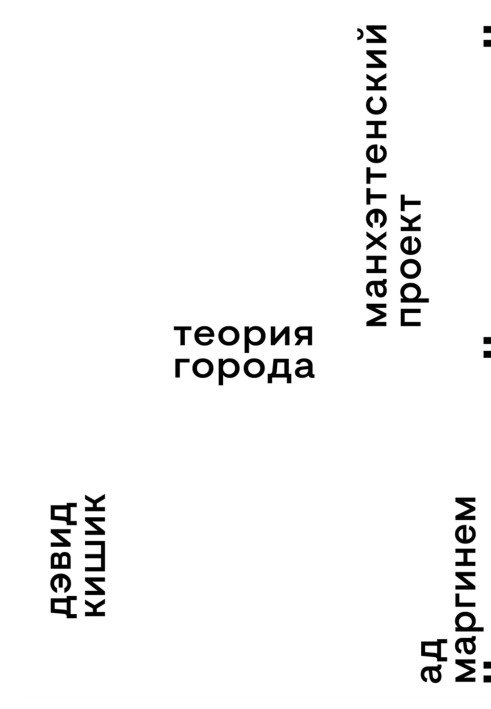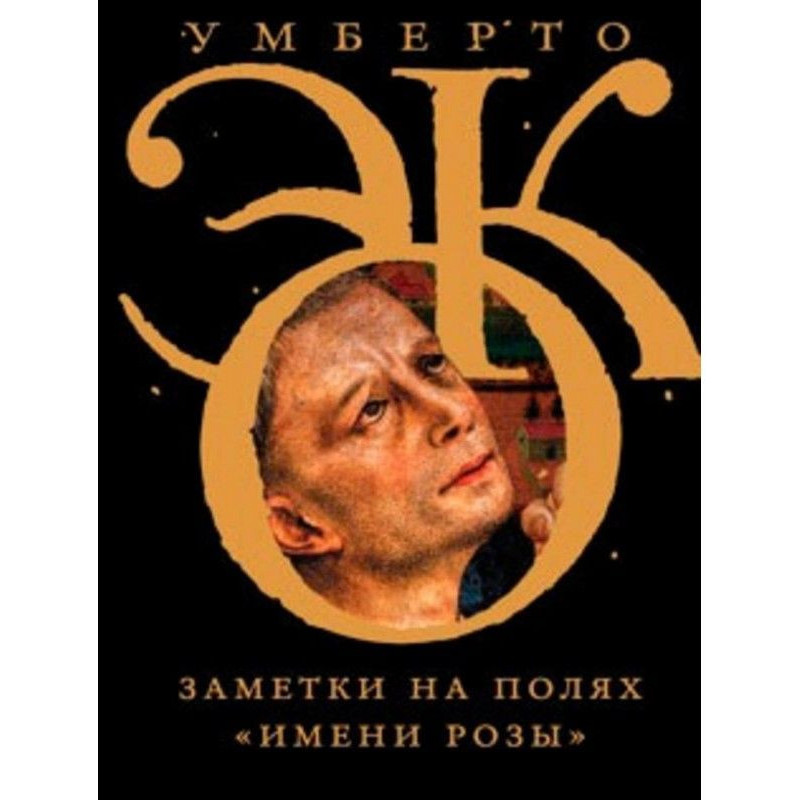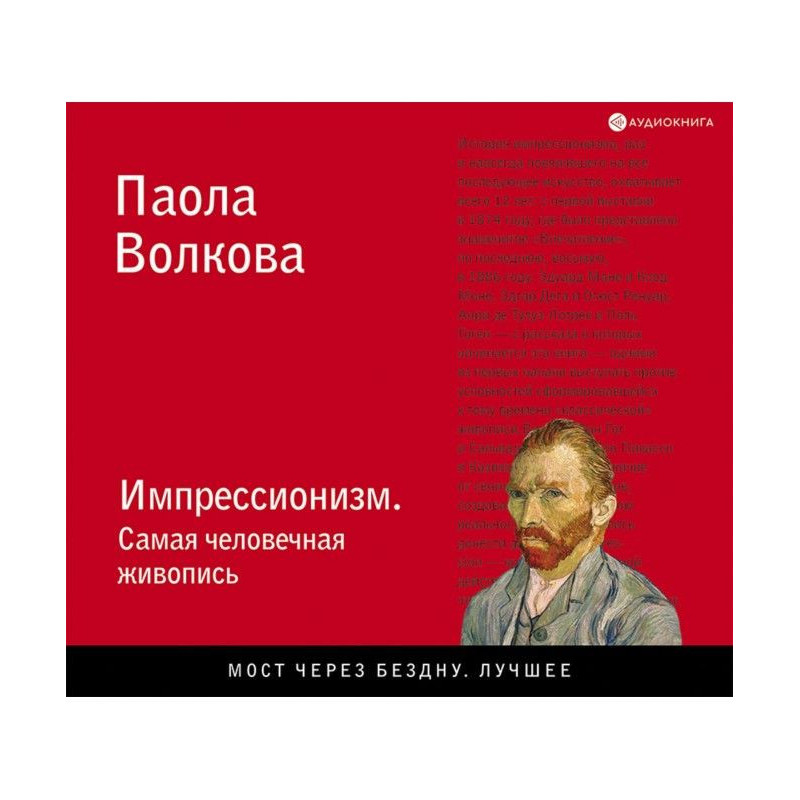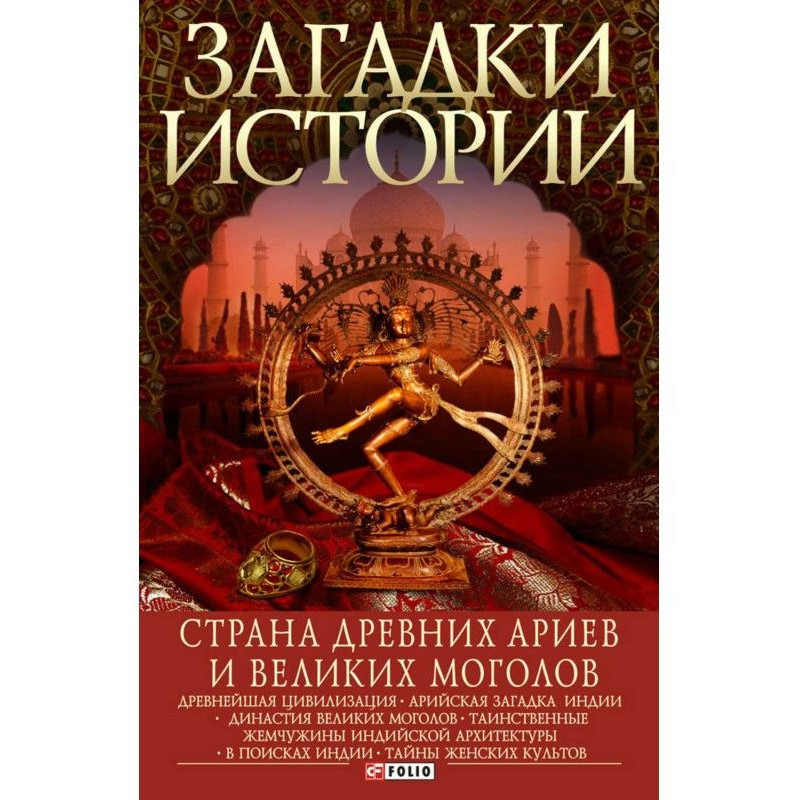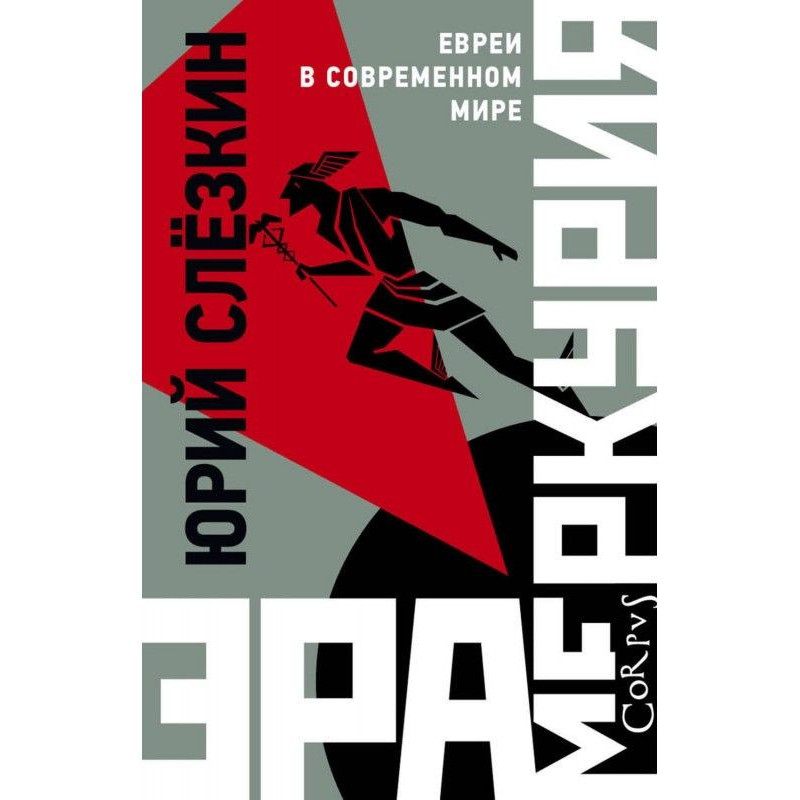Manhattan Project. City theory
 Instant download
Instant download
after payment (24/7)
 Wide range of formats
Wide range of formats
(for all gadgets)
 Full book
Full book
(including for Apple and Android)
David Kiszyk is a professor at Boston's Emerson College, known, among other things, for his experiments in fictional philosophy, the starting point of which is the “alternative fact”, what could happen if... In the book The Manhattan Project. The theory of the city becomes such a “fact” in the successful escape of Walter Benjamin to the USA, where his famous project Passages, dedicated to Paris, the capital of the 19th century, is continued using the material of New York in the 1940s–1980s. Through Benjamin's sensitive lens we observe concrete streets and skyscrapers, graffiti and suburban dreams, sandwich people and the homeless, "genius loci" - Woody Allen, Robert Moses, Andy Warhol, Rem Koolhaas, Hannah Arendt, Jane Jacobs, Joseph Gould... - form a mental map of the capital of the twentieth century, New York. Using three axes - reality/fantasy, politics/economics, heaven/hell - on which there is a place for any elements of a big city, Kishik composes his New York “fiction” philosophy and selects metaphors of modernity in the second third of the twentieth century, groping in “ chaotic and fragmented urban happening" manifesto of the urban revolution. The publishing layout is saved in a4.pdf format.
Data sheet
- Name of the Author
- Дэвид Кишик
- Language
- Ukrainian
- Release date
- 2023
- Translator
- Алексей Снигиров
Reviews
Вражаюча подорож крізь альтернативну реальність!
Книга "Манхеттенський проект. Теорія міста" від Девіда Кішика - це справжня філософська подорож, яка спонукає читача замислитися про природу міста, його культурні та соціальні аспекти. Автор майстерно поєднує історію, філософію та урбаністику, створюючи унікальний наратив, що дозволяє нам зазирнути в альтернативну реальність, де Вальтер Беньямін успішно втілює свій проект у Нью-Йорку. Кішик використовує беньямінівську оптику, щоб дослідити бетонні джунглі, графіті, мрії та реалії життя в місті, що ніколи не спить. Його стиль письма вражає своєю глибиною та емоційністю, а також здатністю створювати яскраві образи, які залишаються в пам'яті. Хоча в тексті можуть бути деякі недоліки перекладу, загальна концепція та зміст книги варті уваги. Рекомендую цю книгу всім, хто цікавиться філософією, урбаністикою та культурою, адже вона відкриває нові горизонти розуміння сучасного міста та його мешканців.

